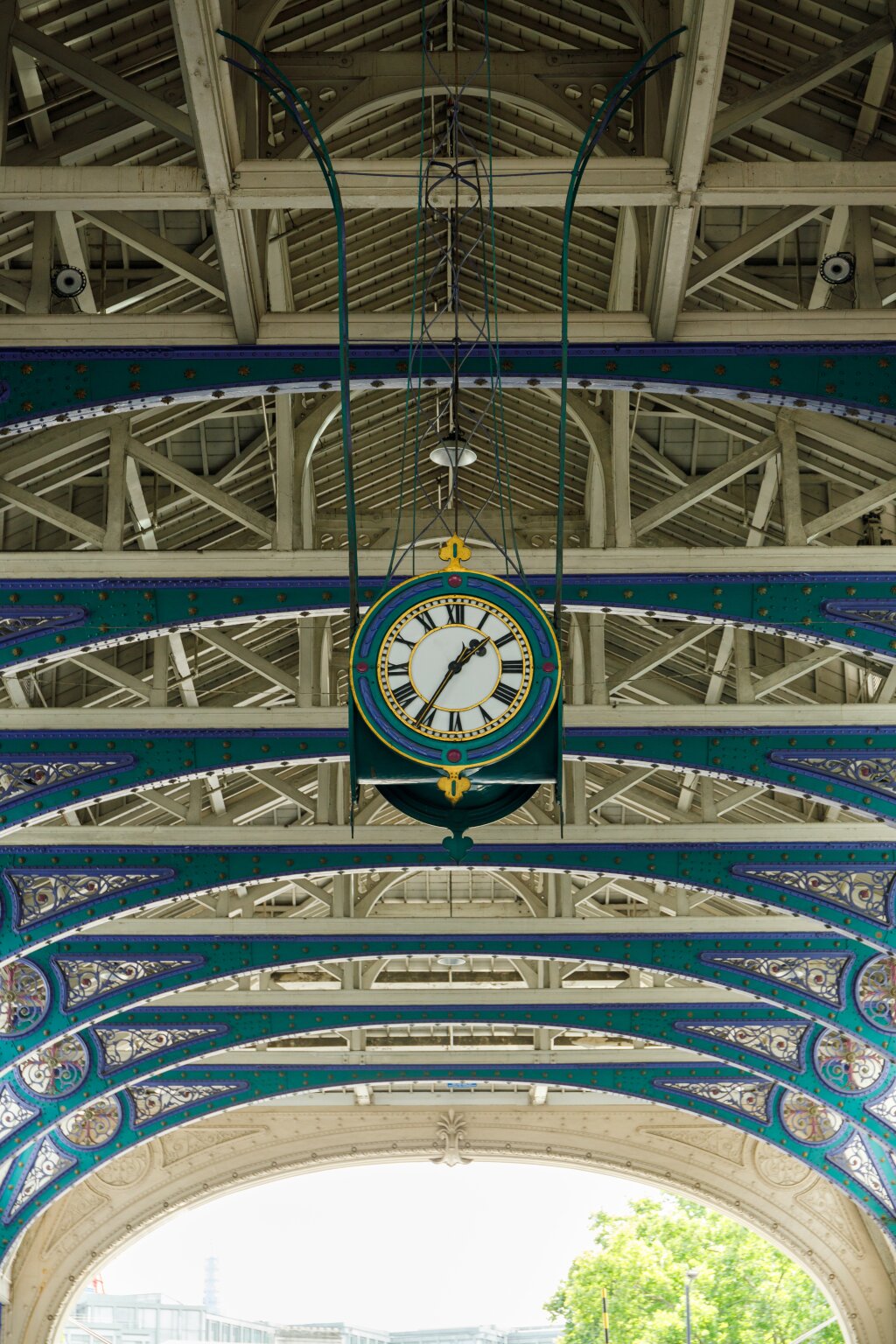What makes a new development a place in its own right?
The concept of placemaking has become a major focus over the past decade as developers, property owners and managing agents have taken a much keener interest not just in the design and finish of their schemes, but also how communities interact with them and the experience they provide to occupiers, visitors and residents.
Mixed-use developments have been an obvious result of this: combining retail, leisure, residential and office space creates a sense of community through a balanced mix of complementary activities and ensures that an area stays animated throughout the day and into the night.
Grouping these uses around well-designed, green public spaces offering a place to have lunch, relax on a sunny day or even (thanks to modern technology) work outside, as we have at Fitzroy Place, makes a new development a place where people choose to visit and spend time – a destination.
Bringing food markets and pop-ups to an area is another way to add vibrancy. The logic for this is based on experience: Camden, Spitalfields and Covent Garden are all dynamic destinations with markets at their heart.
The latest chapter in this story is set to be Smithfield, just north of the City of London, encompassing Farringdon and Barbican. Smithfield has a long history as a captivating pocket of the capital, from hosting medieval jousting tournaments to being the site of the infamous Bartholomew Fair for 700 years. But for the past couple of decades, its evolution from city centre meat market to vibrant cultural destination has been arrested by planning controversy and delay.
Recently the area has become popular with a range of occupiers, including the thriving TMT scene overflowing from Shoreditch and the West End; traditional big businesses looking for a more lively location than the City core; and creative companies that value the area’s design heritage. Attracting them is a wide and growing range of bars and restaurants, good transport links – which will improve further with the imminent arrival of Crossrail – and a creative vibe.
There is more to come. The Museum of London plan to move to West Smithfield, while the City of London Corporation has partnered with the Barbican, Guildhall School of Music & Drama, London Symphony Orchestra and Museum of London to launch the Culture Mile. This initiative aims to bring a new symphony hall to the Museum of London’s present site, designed by architects Diller Scofidio + Renfro, co-designers of New York’s High Line.
Given the strengthening of the area’s cultural offerings and connectivity via the Elizabeth line, there is a significant rise in investment, lettings interest and development. New developments are in the pipeline around Farringdon station, while Barts Square, Helical’s 3.2-acre scheme designed to pick up on the area’s traditional warehouses and classic stone-and-brick facades, will bring further life to Smithfield through new homes, offices and retail, vibrant cafés and restaurants and a revived church garden to create a tranquil green space.
Our decision to invest in Barts Square’s office element – a 213,000 sq ft, high-quality building to be completed later this year – was driven by our success at 200 Aldersgate, which we bought just as the area was starting its rapid transformation, and where we enjoyed full occupancy and significant rental growth.
Long-term investment and investing for growth mean considering not only where people want to be now, but also in the future. Just as other market-focused locations in London have become popular with retailers, businesses, visitors and residents – and similar to the transformation of the Meatpacking District into one of Manhattan’s most sought-after locations – Smithfield looks set to be the latest central London neighbourhood to watch.
